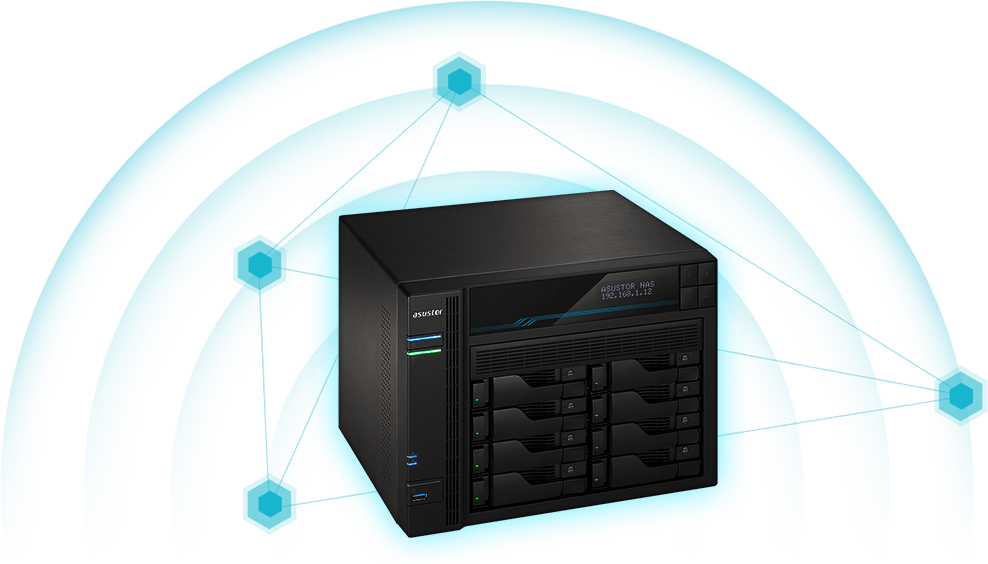

- Wol wake on lan wan secureon manual#
- Wol wake on lan wan secureon software#
- Wol wake on lan wan secureon mac#
Wol wake on lan wan secureon manual#
Enabling network admins to remotely boot up their enterprise network devices, OpUtils' Wake on LAN tool saves the footwork of manual booting. To overcome this hurdle, most network admins rely on Wake on LAN. In a large network with hundreds of devices to be managed, it is impractical to manually boot up or shut down devices. Remote booting of devices in enterprise networks Simplifying Wake on LAN by correlating with OpUtils' IP Address Manager.Device grouping and group-specific WoL schedules.Automated WoL schedules and on-demand manual wake-up.Centralized monitoring of device status.Remote booting of devices in enterprise networks.Also, OpUtils’ tree-based hierarchy of subnets helps network admins efficiently broadcast WoL messages to the subnets in which the target machine(s) are present.
Wol wake on lan wan secureon mac#
Equipped with real-time network scanning tools, the Wake on LAN utility discovers and displays the MAC addresses in your network to help network admins wake up a specific target machine. OpUtils' Wake on LAN solution eases the use of WoL technology with its auto discovery and rediscovery of network devices. The status and the last wake-up time are automatically updated in the database. Network admins have the option to send the Wake on LAN (WoL) packets to a specific system, or broadcast the WoL packets to whole subnets using the WoL tool.
/t12_AS6602T.png)
The WOL tool solution can be used to boot either a single Wake On Lan device or multiple devices simultaneously. OpUtils' Wake on LAN tool enables network admins to wake up machines remotely on demand. Wake on LAN (WOL) tool by OpUtils: Effortlessly boot your remote network devices
Wol wake on lan wan secureon software#
To avoid these network mishaps, an effective software tool like OpUtils Wake-on-LAN should be used. This makes deploying wake-on-LAN in an organizational network prone to security threats. If the target computer launches from a Preboot Execution Environment (PXE) server on receiving the Wake on LAN tool's message, it could allow the computer to start up from an attacker’s boot image, bypassing any security and providing unauthorized access to local disks over the network. Without required security measures in place, the Wake-on-LAN trigger packets can be manipulated by any attacker or rogue device in the same network. Security threats: The wake on LAN Magic packets are transmitted to the target device by the Wake on LAN tool, through the data link layer. This impedes the efficiency of the Wake on LAN tool, causing network booting issues. Hardware issues, such as scenarios like those mentioned above, might wake up computers from sleep instead of from a fully off state, when a Wake on LAN message is transmitted to it. Hardware issues: By default, on triggering wake on LAN, machines are expected to wake up from a low-powered state, that is, machines that are powered off but are still connected to a power source. Some of the common hurdles faced by network admins when implementing Wake on LAN include: Several factors, such as not using an appropriate BIOS or network card, the internal architecture of the target machine, and sometimes the reliability of the OS and router functionality, can hinder the functionality of a Wake on LAN tool. Threats and difficulties in Wake-on-LAN implementation


 0 kommentar(er)
0 kommentar(er)
